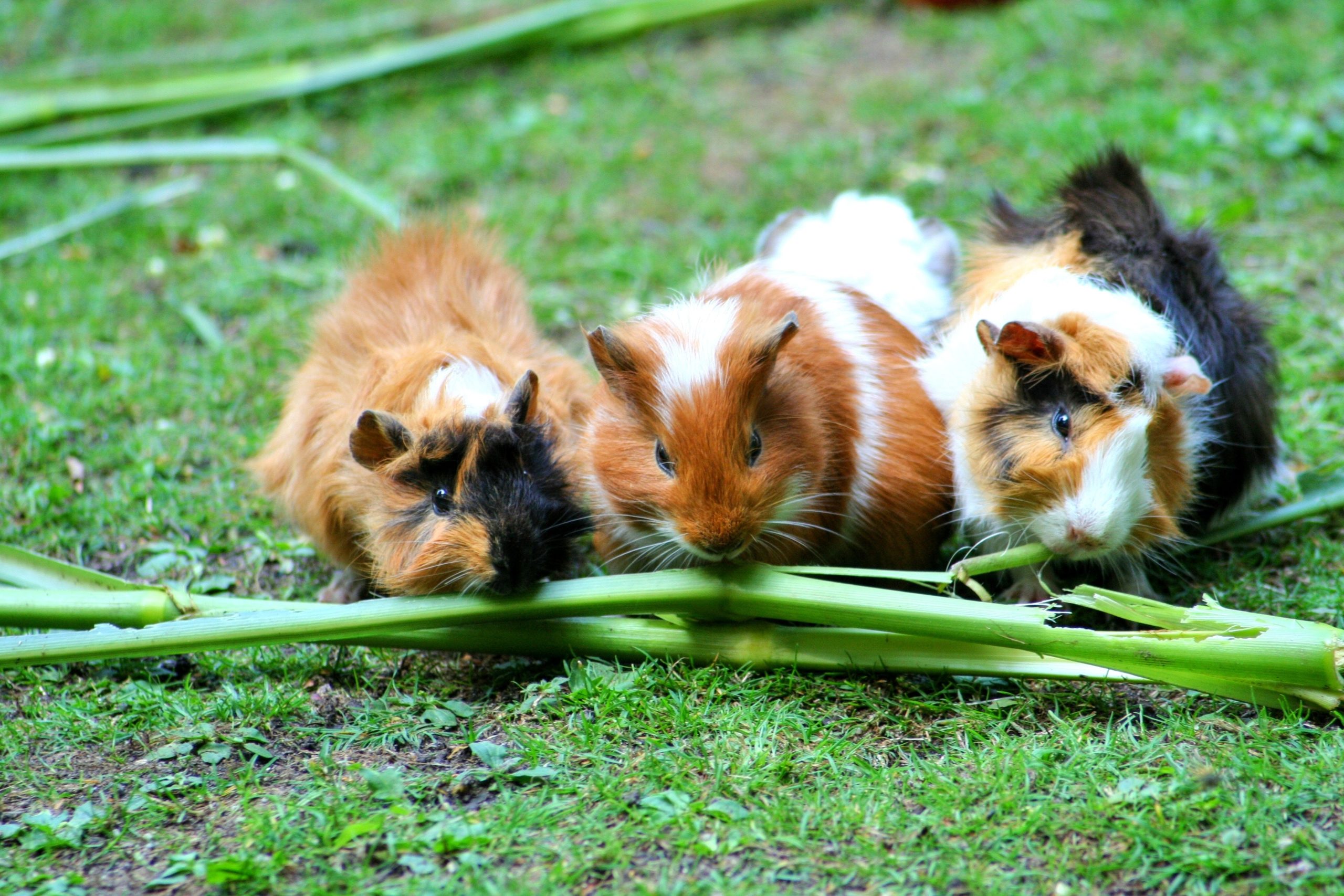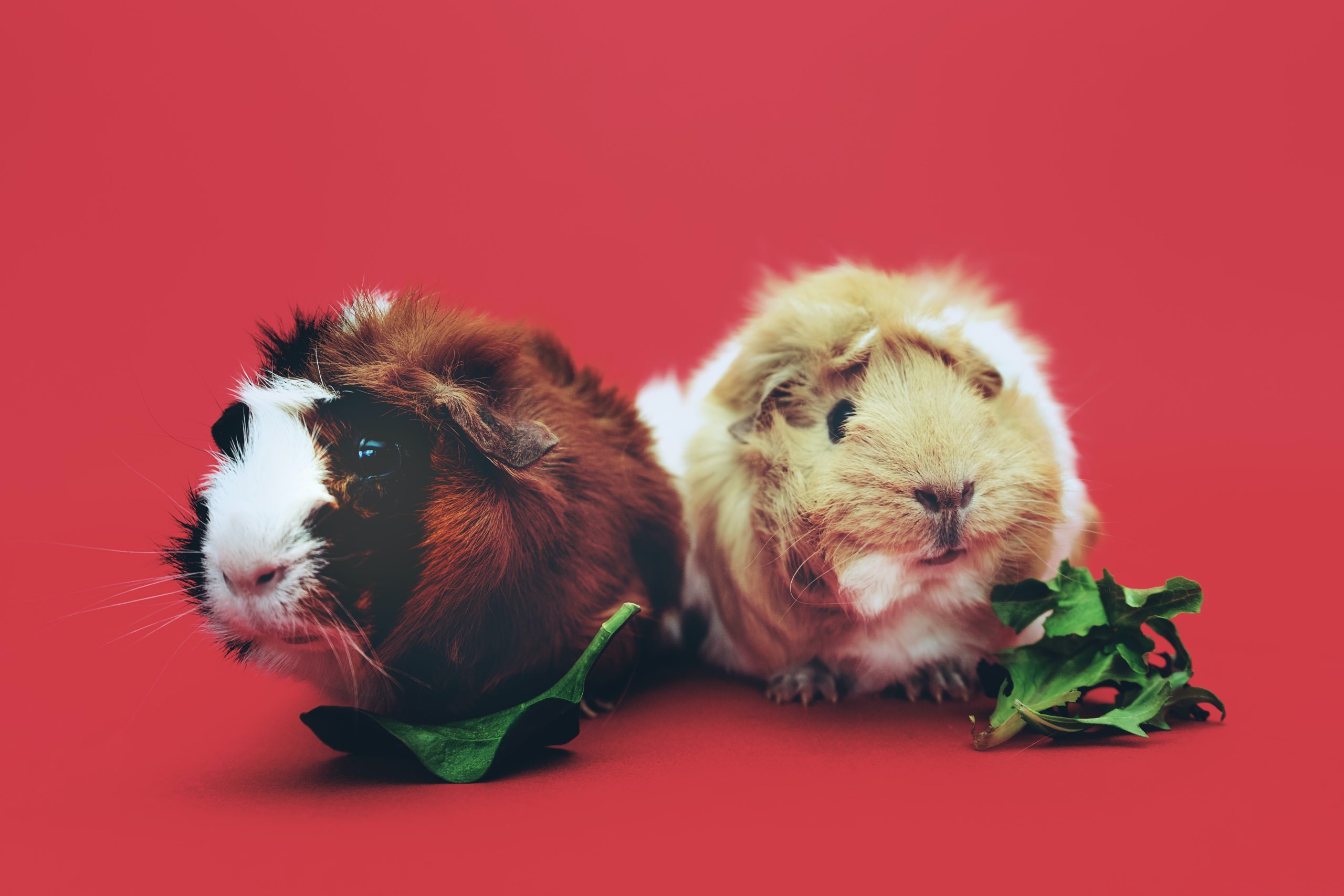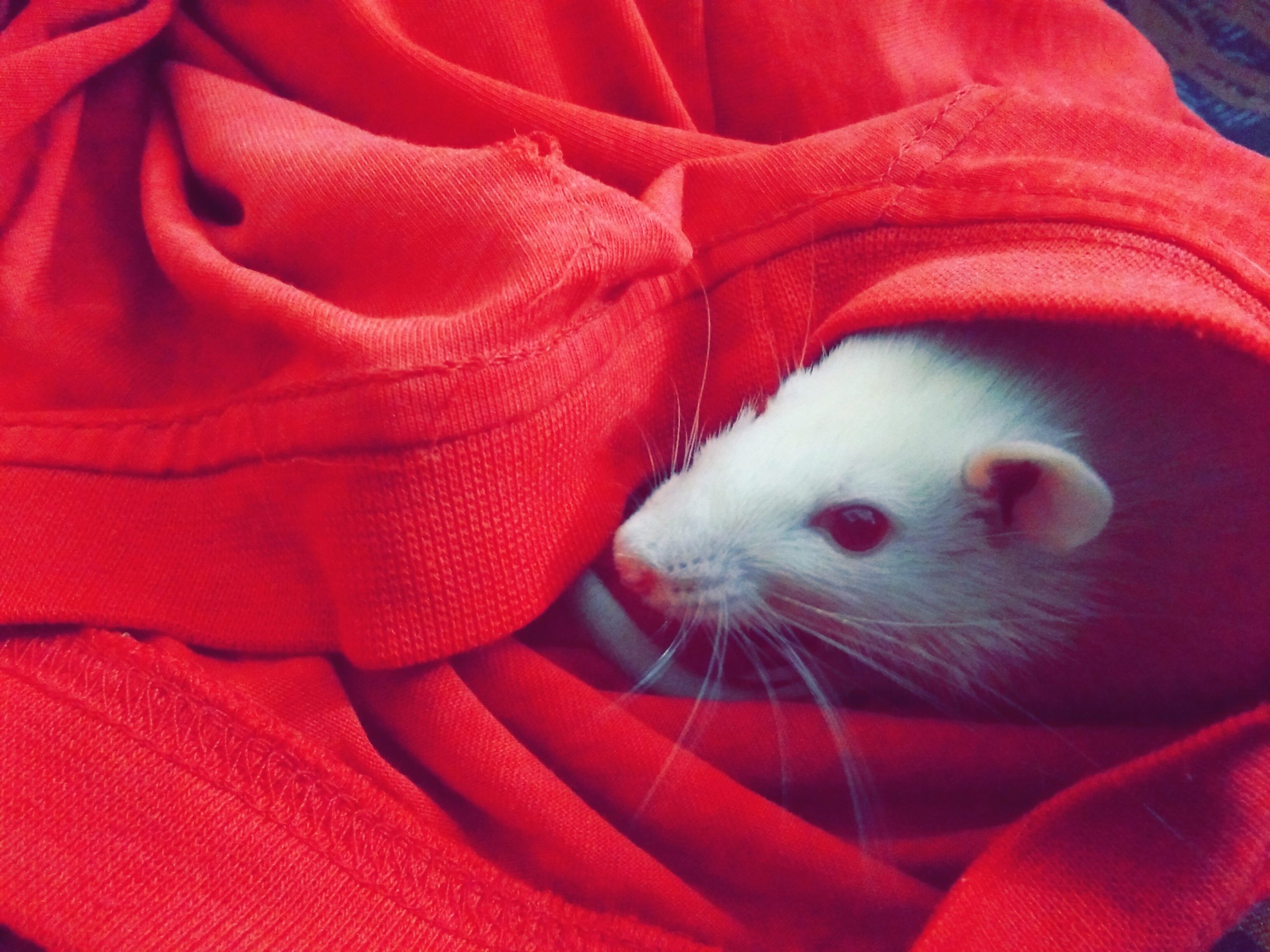Pet rodents need escape-proof housing to protect them from other pets, as well as to protect your furniture. Generally, rodents should not be allowed to roam freely around the house and should be supervised when they are out of their cage, especially with young children.
Adequate ventilation is important and the environmental temperature should be kept between 18–29°C. Pet rodents are very sensitive to heat stroke.
A guinea pig house
Guinea pigs can be housed in cages similar to rabbits – a wooden framed hutch with a wooden floor and wire mesh sides and top that opens up to allow easy cleaning and handling. Allow at least 1 metre square for each pair for exercise and provision of a nest box or hiding place.
An outdoor hutch can be provided, minus the wooden floor, which can be moved around the lawn. This must have a sheltered part to protect from sun and rain. In winter, guinea pigs are ideally kept indoors.
A mouse house
Mice can be housed in cages made of metal or, preferably, glass. Wooden and plastic cages are soon destroyed by their chewing habits. Choose a cage that is spacious (allowing at least 40cm square per adult mouse), easily cleaned and has room for an exercise wheel and a nest box in the corner. Even better is a split-level house with the sleeping area ‘upstairs’ connected by a ramp or ladder. Cardboard toilet rolls and PVC pipes make fun toys and hidey-holes for mice, too.
Mice should be housed indoors and the cage placed out of reach of any cats or dogs in the household.
A rat house
Rats can be housed in similar cages to mice, though they cannot be housed together with mice. Allow around 60cm square per adult rat and make sure there is plenty of room for a nest box and plenty of exercise equipment to keep them occupied, such as toilet rolls and PVC pipes or fun tunnel systems you can purchase from pet stores. For extra interest, ramps and ladders can be arranged to connect to an upper level where you can place your rat’s sleeping quarters.
Rats are often quieter if kept on solid-floored cages as they are handled more often for cleaning.
Can I have more than one pet in each cage?
Only house pets of the same species together (that is, a mouse with a mouse) and generally it is best to keep male and females apart to avoid mating. Introducing a new pet to one that is used to being alone can result in fighting.
Guinea pigs of the same sex can be housed together happily if put together at any early age. Female mice are often housed together but keep male mice apart to avoid fighting. Rats rarely fight and can be kept in single sex groups. Occasionally, females that have just given birth may fight with other females.
What about bedding?
Bedding needs to be non-toxic, absorbent and dust free, including unscented wood shavings, shredded paper or the recycled paper varieties of cat litter, and around 5 cm deep. Avoid sawdust, sand or dirt. It is believed that the oils from scented wood such as cedar shavings can cause respiratory problems, especially if there is inadequate ventilation and cleaning.
Cages should be cleaned daily and the bedding changed at least 2 to 3 times per week to minimise the risk of disease, more often if many pets are housed together. Poor ventilation and the build-up of ammonia fumes from the urine are a major cause of respiratory disease in pet rodents. Food, water bowls and toys should also be cleaned daily.
What toys does my pet rodent need?
As they are very intelligent creatures, toys are needed for the mental health of pet rodents as well as for physical exercise. Tubes, mazes and exercise wheels are popular toys – the safest wheel is one made of plastic and has no openings in the track for the animal to get it’s foot caught in and cause serious injury.
Rodents like to burrow, so hiding places are also needed for security and comfort. A hollow log is suitable or specially made hollow objects can be purchased. Paper towel cardboard rolls are good but don’t last long! Be careful using metal cans, as exposed edges can cause injury.




